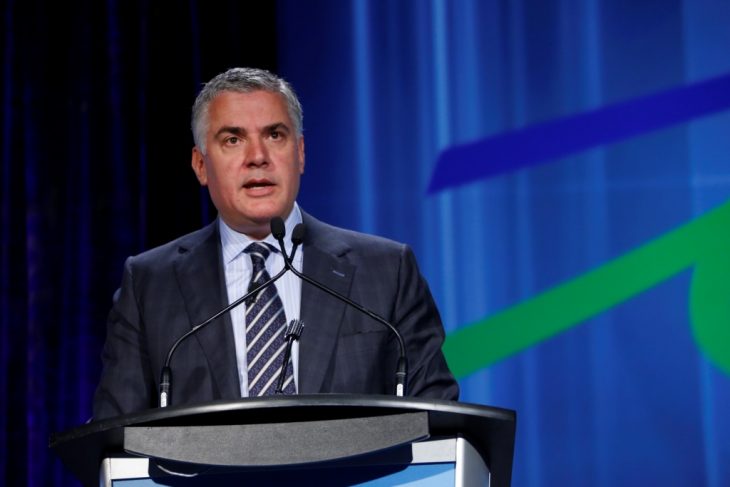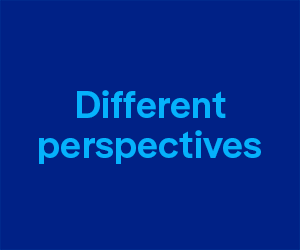
TORONTO – With an aging population that will help Canada spend $250 billion annually on health care by 2020, it’s absolutely imperative that our health care providers dramatically accelerate their adoption of broadband technology and all that can mean, Telus chief commercial officer Joe Natale told Canadian Telecom Summit delegates on Tuesday.
The message was overshadowed completely by the federal government’s announcement on wireless spectrum which, in part, denied the application made by Telus to acquire Mobilicity, but Natale’s main theme is one our country absolutely needs to hear.
“Today, healthcare spending consumes 42 cents of every dollar spent by the Ontario government. By 2025, health spending will take up 70 cents of every tax dollar in the province if we don’t innovate for change,” Natale said.
Of course, while its corporate contemporaries have doubled down on content, Telus has jumped headlong into health care (investing $1 billion since 2008) because the company believes it to have enormous growth potential – as long as the stewards of the Canadian health care system also buy into the many new things broadband can deliver. Electronic medical records, remote patient monitoring, and online prescription renewal are just a few of the efforts Telus is spearheading.
“Working with 10,000 Canadians suffering from chronic disease, Telus has been able to use (remote patient monitoring) to virtually integrate devices like glucometers, weight scales and blood pressure monitors, creating the likes of a LAN for the body, a ‘body area network’,” he explained. “The results? A 40% reduction in return visits to emergency rooms. Healthcare professionals who used to be limited to visiting 20 patients per week are now able to monitor 120 people per day.”
Natale (pictured) continued, noting a Telus Health Space application is currently monitoring 400 people with schizophrenia or mood disorders with 55 psychologists and case workers. “Using their smartphone, (the patients) can access their personal health records, record their mood and share updates with their health team. They can remind themselves to take their medications, go to appointments or even just to exercise. And, if they’ve been feeling depressed for too long, their care team is alerted,” he said. “Think about it: 20% of Canadians have mental health problems. It’s the number one cause of disability in our country, accounting for nearly 30% of disability claims and 70% of the total costs. Applications like this have the potential to reduce visits to the emergency room; to reduce the number of admissions – and most importantly, the number of times someone ends up in distress.”
Despite the seemingly obvious benefits, “health care still seems slow to adopt technologies in ways that we see from almost every other corner of our modern world. And the pace is frustrating,” explained Natale. “I have three girls who can Skype with friends halfway around the planet, yet tons of specialists struggle to communicate with general practitioners about their referrals?
“Why can I access all my banking services from my smartphone – transfer funds, pay bills, make trades and even pay my taxes, yet half my doctors’ office is taken up by paper files crammed with information about my parents’ health history, my own health history, and my kids’ health history that I can’t even access?
“Change is upon us. Sometimes it seems like it’s taking forever. But it is moving. It’s finally happening – in no small part because of our industry’s leadership role – but we can do more.”
Despite our single-payer system, Natale says there is ample room for innovation in the health care space in Canada by private companies and that Canadian network operators can lead. “Right now, governments pursue a cumbersome one-size-fits-all approach where officials pick a single supplier to build a system or platform – and then everyone else must then somehow bolt their existing legacy applications to it. It’s a top-down, slow and innovation-allergic approach,” Natale continued.
“We can do better. Why not license multiple qualifying vendors, technologies and applications. Open it up wide. The more, the better. Then physicians and patients will gravitate toward services and that they decide best meet their needs. Governments, using regulatory controls, would still guarantee mandatory standards and integrity protocols. But the abundance of options would also incentivize cost efficiencies and responsiveness. In other words, less expensive and improved care.”
However, Natale also acknowledged a massive attitude adjustment is needed when we think about our health care system as Canadians. “All of this requires much more than a change in technology. It requires a change in mindset. We need to move away from trying to construct enormous, all-encompassing information systems that, by the time they’re built have already passed their best before dates,” he explained.
“Governments should set the objectives, define the service needs, identify the rate to be paid and then challenge the private sector to deliver the goods. We will put in the capital. We’ll foot the bill. And we will compete our way to the best, most cost-effective remedies.”
– Greg O’Brien
Photo by Michal Tomaszewski



